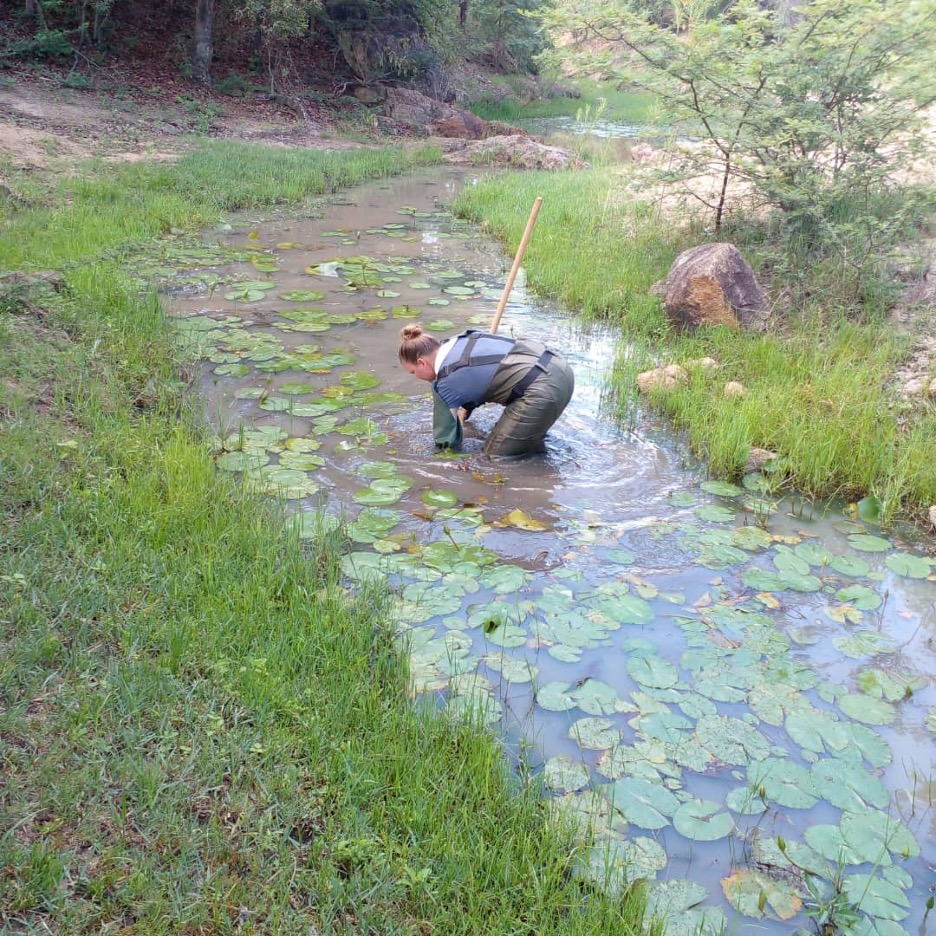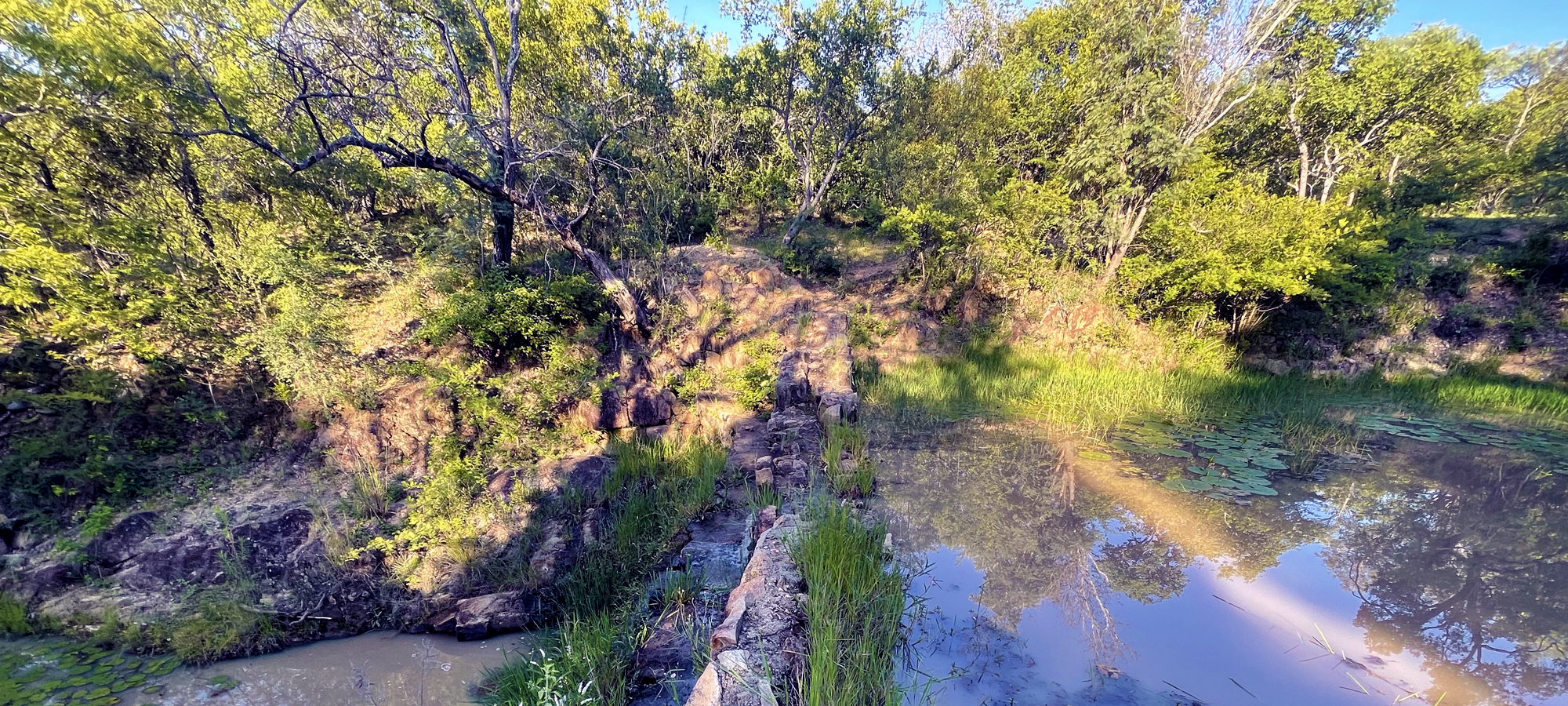Wetland Sampling in Zimbabwe: Photo Essay

What makes a wetland a wetland? Tales flowing through the lens in Zimbabwe
Water is often seen as the source of life, and some cultures even say that water is life. This isn't by chance—our bodies, like all living things on Earth, are filled with water. Life exists here because we have liquid water, and without it, life can barely survive.
The wettest parts of terrestrial areas are called wetlands, and these take many forms, from flowing rivers, streams, and creeks to stagnant ponds, lakes, and sloughs. Some are permanent, while others come and go with the seasons.
Wetlands are areas of immense non-human diversity and productivity. And for us humans, they also provide numerous benefits. These include water purification, flood mitigation, sediment retention, temperature regulation, carbon sequestration, and provision of a wide variety of useful natural products. They provide permanent homes for many species, and temporary homes for many others, such as migrating birds that use them as stop-over sites and fishes, amphibians, and invertebrates that use them as nurseries for their young.
While much of the activity of the LINCZ project is around food production through sustainable agricultural practices, it also includes protection and restoration of wetland areas.
In humanity's long history of "dominion over creation," our interactions with wetlands have not always been beneficial for wetlands or the creatures that make their homes there. In the LINCZ project, people are trying to work with nature; by using nature-based solutions to the benefit of both humans and the non-human creatures and ecosystems they share the land and water with.
The LINCZ project is attempting to do this by helping people to develop gardening outside of wetland areas. In the absence of resources to dig wells or ship in water for irrigation, communities have logically built gardens within the boundaries of wetland areas. This improves livelihoods in the short term, but over time these gardens have worked against nature, creating drying conditions and diminishing the wetland's ability to renew.
With the help of LINCZ, communities are working together to identify new places for gardens outside of wetlands, where bore holes can be dug to provide easy access to water for irrigation, leaving the wetlands to once again replenish themselves. Biodiversity experts have been consulting on where the boundaries of wetlands lie, and where best to relocate gardens, with the hope that over time wetland habitats can once more flourish in these areas.
As part of the LINCZ project, biodiversity researchers like me have been surveying ecosystems such as the wetlands in project areas to get a before-and-after picture of the impacts of project activities to work with nature in nature-based solutions to improve livelihoods while protecting and promoting biodiversity. The photos that follow are from my trip to Zimbabwe in January of this year (2024), when I joined colleagues from Bindura University of Science Education (BUSE) in Zimbabwe in fieldwork to understand the "before" picture of wetlands in project areas.
Wetlands, such as this small, spring-fed river near Lusulu in Chitongo Village, are key habitats that support life in and around them. Although they make up a small proportion of the land mass of countries like Zimbabwe, they provide immense services to human and non-human life alike.
Wetlands in which water sources such as springs have been diverted cease to be able to support the same ecological communities, as seen in this former wetland in Binga District. These sites often are then used for other livelihood activities, such as making bricks, crop production, and raising cattle, which result in additional environmental degradation.
Wetland springs may be fenced off to secure precious water resources for activities such as watering livestock and gardens, as pictured here in a former wetland in Binga District. LINCZ is working with communities to solve water scarcity problems through digging boreholes in less environmentally sensitive areas.
The research team examines the level of oxygen from a dissolved oxygen meter in the Mtshabezi River site in Gwanda District. The level of oxygen in a river gives us a piece of the puzzle to understanding a river's capacity to support a diversity of life.
Dr. Innocent Wadzanayi Nyakudya, a member of the biodiversity research team, measures river flow of the Mtshabezi River in Gwanda District. Flow rate of a river is an important characteristic for understanding the biological community of a river.
We used a sweep net to collect river invertebrates in different habitat types within each river, as pictured here in the Mtshabezi River in Gwanda District. We found a variety of invertebrates, such as diving beetles in the water column, water striders in the grasses along the banks, and dragonfly and mayfly larvae along the riverbed.
The invertebrate animals captured in sweep netting are important indicators of habitat quality of a river. For example, the Chidzine River in Mwenezi District, pictured here, flows through agricultural lands. The upriver farming actitivies impact the invertebrates captured downstream, giving important information about the environmental impacts of these activities. As the LINCZ project supports families in shifting to conservation agriculture techniques that work with natural processes, we anticipate observing evidence of this in future Chidzine River sampling.
Soon after river invertebrates are collected, they need to be sorted, counted, and preserved for further analysis. This happens in the field, wherever we can conveniently set up! At this stage, each organism is sorted based on how it looks. Later, DNA will be extracted from representative organisms and sent for sequencing, which gives us more precise information about the species of each organism.
River sampling is just one part of understanding the biodiversity of wetlands. The biodiversity research team is also measuring trees and plants, soil texture, and soil arthropods and microbes, to get a bigger picture of baseline biodiversity in Binga, Gwanda, and Mwenezi. These processes will be undertaken two more times, at the halfway point of the project, and at the end of the project, to see how the biodiversity is changing over time.










 Print This Blog Post
Print This Blog Post